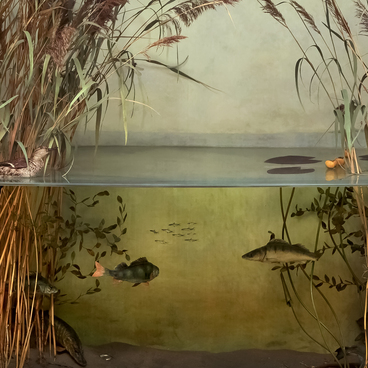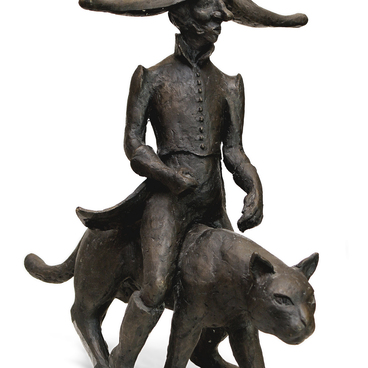The fauna of the Baltic Sea consists of species, many of which are also found in neighboring water areas. It is home to moon jellyfish, Baltic cod, as well as mammals such as harbor seals, gray seals, ringed seals and porpoises. The impact of the Baltic Sea accounts for many environmental conditions: subtropical plants grow, bloom and bear fruit in Kaliningrad, which is situated at the latitude of Novosibirsk.
The Baltic gray seal and ringed seal are the largest marine mammals of the Baltic Sea. The seal is found in the waters of the Gulf of Finland, Gulf of Bothnia and Gulf of Riga. Pups are born in late February — early March. Gray seals use the land-fast ice for breeding.
The weight of the gray seal in the Baltic reaches 300 kilograms. Unlike its neighbor, the harbor seal, the gray seal spends only the warm season near the coast, and goes to the open sea ice for the winter. This animal is able to dive 140 meters deep and easily stay underwater for 20-30 minutes. The seals feed mainly on fish and eat up to five kilograms per day. Their diet includes cod, salmon, flounder, herring, and less frequently crabs and small squid. It is rare to encounter seals within the coastal waters of the Kaliningrad region.
Such cetaceans as harbor porpoises are endangered in the Baltic Sea. Commercial and coastal fishing of harbor porpoises is prohibited in the Russian Federation. The Agreement on the Conservation of Small Cetaceans of the Baltic Sea, North-East Atlantic, Irish Sea and North Sea came into force in 1994.
The Baltic ringed seal lives in the coldest parts of the sea. It gets its name from the pattern on its coat, which consists of a large number of light-colored rings on a dark background. This is the largest subspecies of the ringed seal. They do not form colonies, but live singly. They can sometimes be seen in small groups, which are not connected by particularly strong ties. They are well adapted to year-round stay in the sea.


